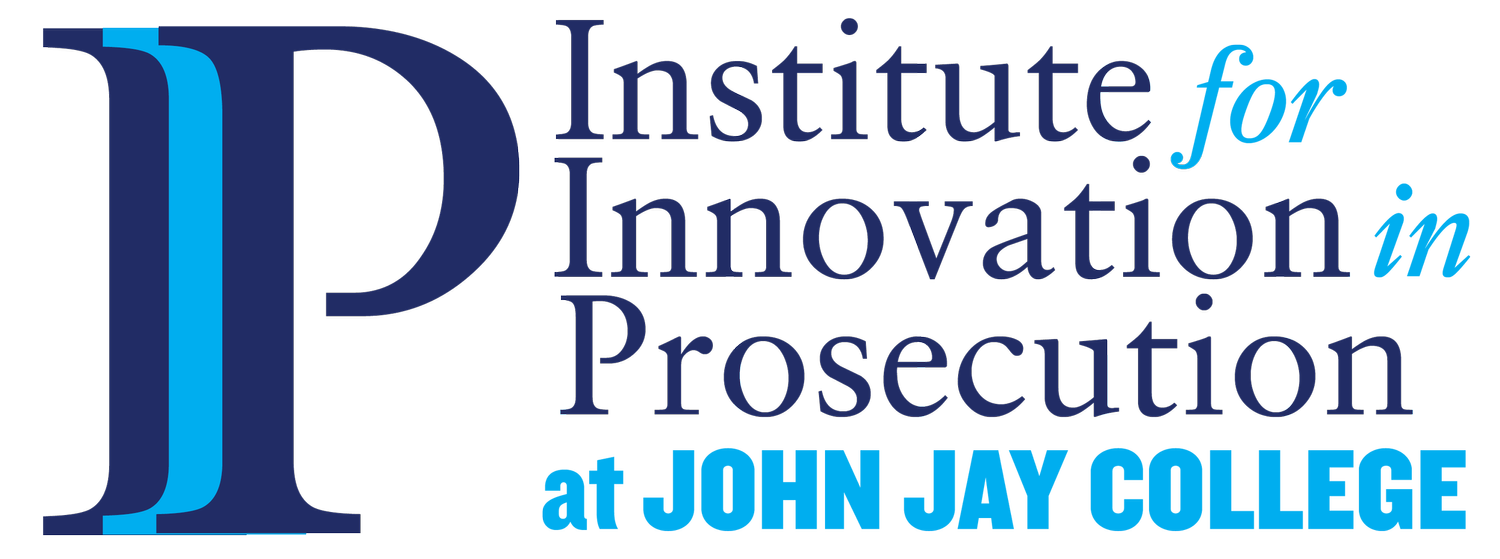Why Your Vote Can Help Kickstart Real Justice Reform
Lucy Lang | The Crime Report | November 06, 2018
The scourge of mass incarceration is at last getting the attention it deserves from reform-minded district attorneys around the country. Many of them are running for election or re-election today.
The data bears out the extent to which elected prosecutors have contributed to the unconscionable number of people in American prisons, the tragically disparate racial impact, and underscores the fact that the exercise of prosecutorial discretion could significantly reduce those numbers.
The Vera Institute’s recent report Unlocking the Black Box of Prosecution provides vital information for both communities and prosecutors to help increase transparency in furtherance of this goal.
The United States has the highest per capita prison rate in the world, with more than two million people in American prisons, of whom nearly 60 percent are people of color (while comprising only 30 percent of the population).
As Michelle Alexander and others have persuasively argued, it cannot be overlooked that all of this exists in the haunting shadow of slavery, and the nation’s moral conscience depends on ending mass incarceration.
But in the midst of the public outcry and the heightened scrutiny of local prosecutors, voters and advocates would be well served to consider the public actors outside the criminal justice system who could do the same.
The agencies responsible for mental health, homelessness, substance use disorders, and other social ills have increasingly experienced political and budgetary constraints since the 1970s, which have been highly variable across agencies and jurisdictions. As communities have found themselves facing increased numbers of people without access to services, the clarion call to elected prosecutors has been to find ways to get those people out of sight, out of mind.
And so, over the past 50 years, coincident with the erosion of public welfare services, Americans have increasingly relied on the criminal justice system to solve problems that are not, at their heart, criminal. Problems like mental health, substance use, and poverty sometimes lead to criminal conduct.
But even more regularly, these conditions lead to conduct of which communities disapprove, but which do not, ultimately, constitute matters warranting criminal justice intervention.
Deinstitutionalization of the mentally ill since the 1960s has led to 2.2 million Americans with severe mental health conditions receiving no psychiatric treatment at all.
In the 1970s, 4.5 million units were removed from the nation’s housing stock, over 1 million SRO units were lost, and the nation’s public housing program was essentially abandoned, while increased numbers of single-person households significantly expanded the demand for housing nation-wide. Some 25 percent of incarcerated Americans suffer from mental health problems, and 10 percent are homeless at the time they enter jail or prison.
The effect of increased prosecutions has been well-documented. The devastation of the war on drugs, along with the broken windows policies of the 1990s in New York City and elsewhere, increased the probability of indictment and lengthened sentences for violent crimes, and the attendant parole and probation violations.
Bad federal legislation like the 1994 Violent Crime Control and Law Enforcement Act incentivized states to increase their prison population. And so, we have quickly and devastatingly become the most incarcerating country in the history of the world.
Acknowledging this reality, progressive modern prosecutors over the past decade have responded to requests from communities to become purveyors of alternatives for the homeless, the mentally unwell, or the poor.
And so, as elected officials come under increased scrutiny, Americans have increasingly seen their local DAs developing social service programming for people who come into contact with law enforcement. Prosecutors across the country have created supervised release, cognitive behavioral therapy, and substance treatment options, to name just a few.
Thoughtful and well-meaning prosecutors, often with little social work, public health, or psychological expertise — responding to their communities as they are charged to do — find themselves making decisions in cases that at other times in American history would have been addressed through mental health facilities, homeless shelters, or other civil service providers.
Why is a prosecutor better situated than any number of other, lighter-touch agencies, to identify programming for a person who repeatedly drives with a suspended drivers’ license to get to work, or who breaks into an abandoned building to seek shelter?
In addition to asking DAs to process and divert these cases out of the courts, communities might also ask for increased early interventions by public housing, public health, and the civil courts.
It is an oft-repeated trope that to someone with a hammer, everything looks like a nail. Americans should turn out to vote for their local reform DAs, and the winners of those elections should continue the trajectory that some have started towards reducing the nation’s prison population.
But perhaps instead of asking the criminal justice system to look like a different tool entirely, communities would be well served to ask the other “tools” — many of which are agencies that are not electorally accountable — to rise to the occasion and help end mass incarceration as well.
Lucy Lang is the Executive Director of the Institute for Innovation in Prosecution at John Jay College of Criminal Justice. She welcomes readers’ comments.
Link to article: https://thecrimereport.org/2018/11/06/why-your-vote-today-can-be-the-start-of-real-justice-reform/
